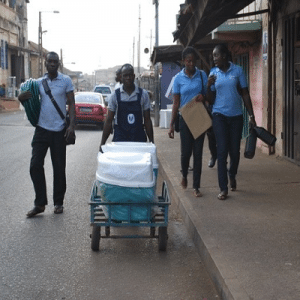
Agriculture
November 9, 2023

Updated on November 9, 2023
·Created on June 28, 2016
Clean Team is a Ghanaian social enterprise that that provides household toilets at a low monthly fee.
The Clean Team service is a comprehensive sanitation system, with a custom-designed stand-alone rental toilet (which is urine-diverting, or UDDT), as well as a waste-removal system that collects 2-3 times per week. Once at their central processing facility, they transport the waste to a treatment site. Clean Team now serves 5,000 people in Kumasi, Ghana, making lives cleaner and healthier. This business evolved from the Uniloo project: a collaborative venture between WSUP (Water and Sanitation for the Urban Poor), Unilever, and design consultants IDEO.
Target Users (Target Impact Group)
Distributors / Implementing Organizations
Manufacturing/Building Method
Toilets are manufactured in China and imported.Interview with representative
Intellectural Property Type
Open Source
User Provision Model
They rent households a branded portable toilet and collect the waste 2-3 times per week. Once at their central processing facility, they transport the waste to the municipal treatment site. Their plan for scale is to use financially viable methods to convert the waste into energy and organic fertilizer to sell to commercial farms in the region (though this process has not yet begun).
Distributions to Date Status
1,000+Interview with representative
Design Specifications
The following outlines the design of their waste management service: To receive a toilet, the user must sign up for a collection plan (vs. purchasing the actual toilet). New customers pay a one-time 15 GHS (roughly $4). The collection plan costs $9/month for basic collection and cleaning.Interview with representative Pick-ups are 2-4 times a week on certain days, depending on family size. The person collecting will pick up the "cartridge" (a removable plastic bucket where the waste drops), puts a lid on it, and then puts it in a hand pushed trolly. A full trolly is transported to a local central location, and then a truck takes the waste to a processing plant. Once at their central processing facility, they transport the waste to a separate municipal treatment site, the Dompoase Metropolitan Waste Treatment Facility, which reduces BOD (biochemical oxygen demand) by 70-80% through a series of waste stabilization ponds (WSPs). Their plan for scale is to use financially viable methods to convert the waste into energy and organic fertiliser to sell to commercial farms in the region. However, Clean Team does not yet process the waste into energy or fertilizer. To date, the municipal waste treatment facility discharges the treated wastewater into the river. The actual toilets costs approximately $91. Toilet type: urine-diverting dry toilet (UDDT)
Technical Support
Clean Team rents households a branded portable toilet and collect the waste 2-3 times per week.
Replacement Components
Components are available locally.
Lifecycle
Service providers recover any toilets that are defective or at end-of-life.
Manufacturer Specified Performance Parameters
Internal manufacturer performance targets have not been released.
Vetted Performance Status
Performance was evaluated as part of a Civil and Environmental Engineering Master's Thesis at the Massachusetts Institute of Technology, titled Evaluation of Innovative Decentralized Sanitation Technologies in Ghana. The evaluation recommended that for large projects in densely populated areas, the Clean Team Toilet was the best choice if a reuse for waste and safe disposal of biocide can be established.
Safety
Complementary Technical Systems
None
Academic Research and References
Performance was evaluated as part of a Civil and Environmental Engineering Master’s Thesis at the Massachusetts Institute of Technology, titled Evaluation of Innovative Decentralized Sanitation Technologies in Ghana.
Compliance with regulations
No standards have been cited by the designer.
Other Information
This video highlights the work of Clean Team. Additional resources can be found through IDEO.org.

Agriculture
November 9, 2023

Agriculture
November 9, 2023
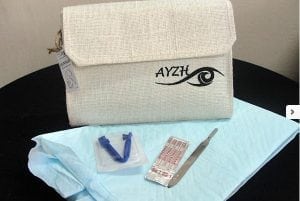
Agriculture
November 9, 2023
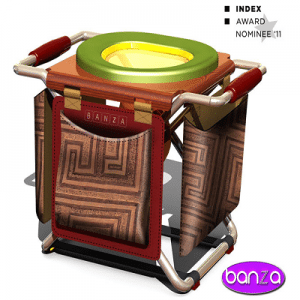
Agriculture
November 9, 2023
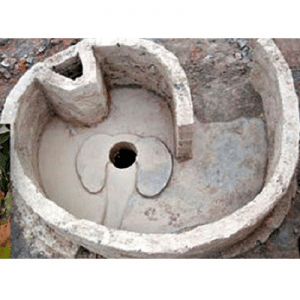
Agriculture
November 9, 2023

Agriculture
November 9, 2023

Agriculture
November 9, 2023
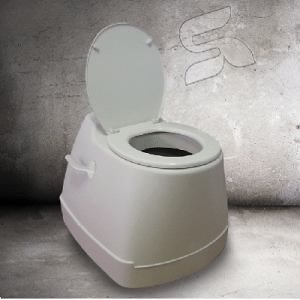
Agriculture
November 9, 2023
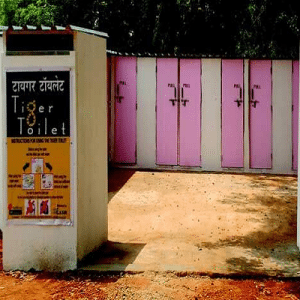
Agriculture
November 9, 2023
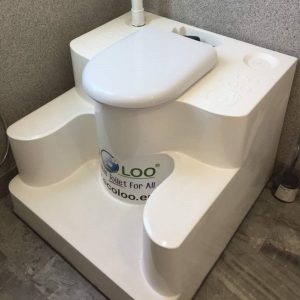
Agriculture
November 9, 2023
Have thoughts on how we can improve?
Give Us Feedback
Emily says:
Design specifications: (though this is mostly business design and not product design)
Subscription prices to the collection plan vary according to family size (and thus collection frequency) and ability to pay, from $11.36 to $20.45/month, as of 2014 (source: https://globalwater.mit.edu… ). (unless the interview with the Clean Team representative happened after the MIT thesis was published, and this tiered subscription pricing has changed to $9/month for every household?).
Also, collection happens 2 to 4 times/week, depending on family size.
Emily says:
Compliance with regulations: since the Clean Team toilet is classified as a “bucket toilet,” it does not meet the WHO/UNICEF Joint Monitoring Program for Water Supply and Sanitation (http://www.wssinfo.org/) requirements of an “improved sanitation facility.” (source: https://globalwater.mit.edu… )
Emily says:
Safety: the biocide chemicals used to clean the toilets present some serious health and environmental concerns.
Emily says:
End product: while they would like to eventually process their own waste into energy and organic fertilizer, they have not yet done so.
It is important to note that Clean Team does not actually process the waste that they collect–they bring the waste to a municipal treatment plant, the Dompoase Metropolitan Waste Treatment Facility, which reduces the BOD by 70-80% through a series of waste stabilization ponds (WSPs) before discharging the treated wastewater into rivers. (Source: https://globalwater.mit.edu… Essentially, their innovation is a business model (and a household product and collection device that achieve the goals of this business model), but they have not developed any new methods to process waste.
Emily says:
Academic research: only the MIT thesis is academic.
Emily says:
It’s unclear how many people they serve. Clean Team’s website says they’ve sold 664 household toilets serving ~4500 people, but that’s assuming an average household size of 6.8 people. In that region of Ghana, however, the average household size is 4.1 people (which would be about 2722 people served). Are households sharing toilets (though the model is supposedly one per household)? I question these numbers, and would want more information from Clean Team’s M&E team.
Clean Team Toilet:
Technology category: Urine-diverting dry toilet (UDDT)
Distribution to date: 101 – 1000
User provision model: subscription service
Pricing structure: tiered monthly rental fees
End product: None (wastewater with reduced BOD discharged into river)
Toilet type: urine-diverting dry toilet
In addition to the English link, provide a link to the French version of the manual: https://compatibletechnolog…
Include linked text to the CTI fact sheet after the list of feedstock types. URL: https://compatibletechnolog…
Related academic research: Sorghum Flour Production Manual for Compatible Technology International (CTI) Burr Grinders KE Duville – 2012: http://digitalcommons.unl.e…
Add “i.e. reduced drudgery” to the health target.